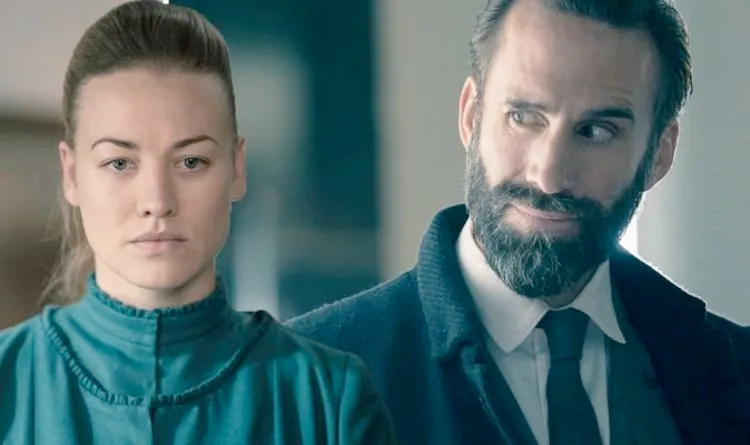IN SHORT’ : What are the two brain systems that underlie creativity?
- Lydia Bessaï

- Jun 26, 2023
- 2 min read

Creativity is the ability to produce work that is both original (new, unusual, unexpected) and of quality (useful, good, relevant) (1,2). In other words, it is the ability to find one or more solutions to a given problem.
The ability to produce a new idea can be explained by two different theories: the associative theory and the executive theory.
The associative theory was mentioned by the psychologist Mednick in 1962 (3). It states that a creative person is a person who is able to find links between distant semantic concepts. For example, the concept of “table” has a strong link with the concept of “chair”. A more creative concept associated with the concept of "table" could be "basket", a semantically more distant concept. But how do we explain our ability to associate distant concepts? The ability to associate distant ideas has been linked to our capacity to access to semantic memory. Semantic memory represents our knowledge of the world (example: knowing that Paris is the capital of France). It is knowledge available in our brain that can be more or less accessible depending on the person. This “bottom-up” access (from facts to semantic memory) is different according to each person's abilities. We naturally and primarily engage this associative capacity since it requires less energy than executive theory.
Executive theory is a “top-down” system (from our brain to the facts). It is an executive control that involves our cognitive functions. Moreover, it is linked to the concept of fluid intelligence. This executive control allows better memory retrieval and an implementation strategy to find the solution to a problem. This theory is still tested today in neuroscience by numerous studies (4,5,6,7). Some of this research also indicates that an intelligent person would use their executive abilities more to solve problems!
And you, do you think you are using your executive ability enough? ;)
More info on my creativity workshops : here
BIBLIOGRAPHY
1. Dietrich A. (2004). « The cognitive neuroscience of creativity ». Psychon. Bull. Rev. 11, 1011–1026.
2. Sternberg, R. J., & Lubart, T. I. (1999). The concept of creativity: Prospects and paradigms. In R. J. Sternberg (Ed.), Handbook of creativity (pp. 3-15). Cambridge: Cambridge University Press.
3. Mednick, S. A. (1962). The associative basis of the creative process. Psychological Review, 69, 220–232.
4. Beaty, R. E., & Silvia, P. J. (2012). Why do ideas get more creative across time? An executive interpretation of the serial order effect in diver- gent thinking tasks. Psychology of Aesthetics, Creativity, and the Arts, 6, 309–319.
5. Benedek, M., Jauk, E., Sommer, M., Arendasy, M., & Neubauer, A. C. (2014). Intelligence, creativity, and cognitive control: The common and differential involvement of exec- utive functions in intelligence and creativity. Intelligence, 46, 73–83. doi:10.1016/j. intell.2014.05.007
6. Martindale, C. (1995). Creativity and connectionism. In S. M. Smith, T. B. Ward, & R. A. Finke (Eds.), The creative cognition approach (pp. 249–268). Cambridge, MA: The MIT Press.
7. Mendelsohn, G. A. (1976). Associative and attentional processes in creative performance.



Comments